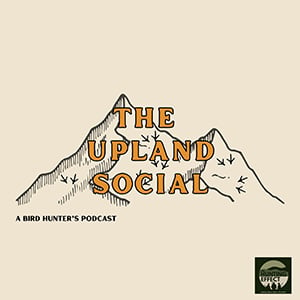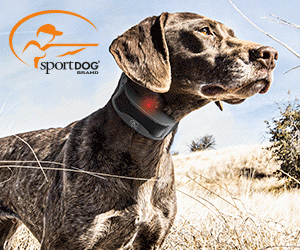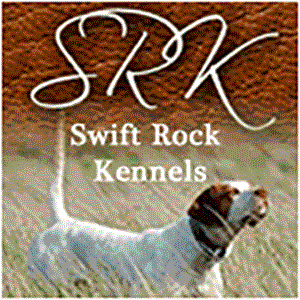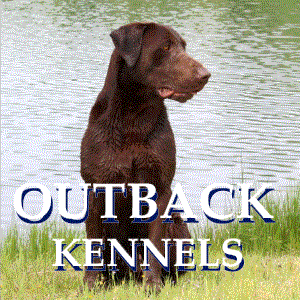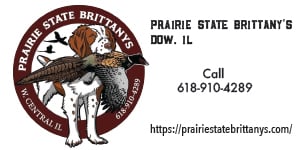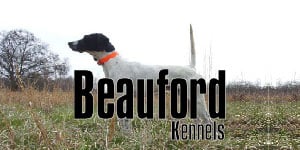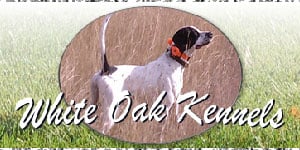King Eider Duck - Duck Hunting - Wetland Hunting
View Recipes | Gamebird Services | Gamebird Hunts | View Photos

Description
These ducks have short, thick necks, rounded heads, and a short, heavy bill. The adult males have a large plate above their bill that creates a bulge in the forehead. However, females have a seamless sloping transition between the bill and the forehead.
Adult males have a pale head and neck with a black body and a large orange plate above their red bill. With a crown tinged blue-gray male king eider ducks with a white back, flank, underwing and upper wing. On the other hand, adult females are mottled in brown and black. Their cheeks and necks are paler-brown with a black bill. An immature male has a white chest, pale orange bill, and a brown back. These ducks measure 47 – 64 cm in length and weigh 1200 – 2100 g.
Habitat
Their habitats are rocky coasts and ocean. These birds nest in the tundra of the high Arctic near water either at the coast or interior lakes. In winter, the king eider ducks prefer occupying the southern edge of sea ice (in Hudson Bay).
Diet
Although diet varies with season, these game birds mainly feed on mollusks. However, they also eat crustaceans, echinoderms, insects and some plant material. In summer, insect larvae may comprise the main source of food. These ducks forage underwater. They are capable of foraging in deep water because they can dive for more than 150' below the water surface.
Nesting
Mating pairs are formed during migration, in spring or near the breeding grounds. It is common for several males to court one female by surrounding her on the water especially in breeding grounds. The males impress potential mates by rapidly turning their heads from side to side, flapping their wings, rearing up out of the water whilst rotating their heads and displaying other head movements that are accompanied by specific cooing calls. The displays of King Eider ducks are faster when compared to those of a Common Eider. The nesting site is on a raised ground near a source of water/wetlands. The nest is a shallow depression lined with plant material and large amounts of down.
Eggs
The average number of eggs is 4 – 5 although some females can lay 3 – 7 pale olive eggs. Incubation is done by the female for 22 – 24 days. Ducklings leave the nest after a few days to look for food and water. Several broods can join to form groups known as ‘creche' that's accompanied by a few adult females. Although females tend to their young ones, the young find all their food. The young can start making short flights after 50 days.


